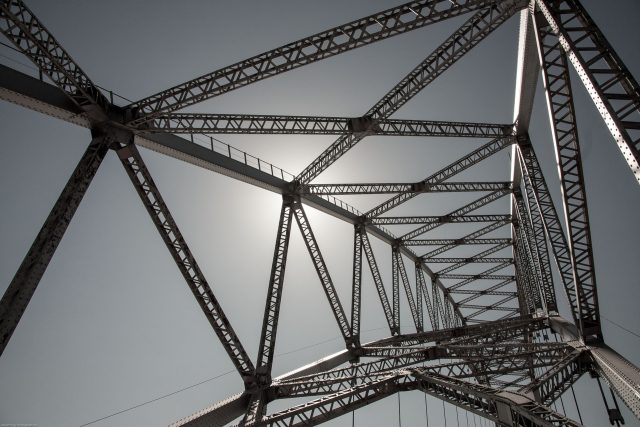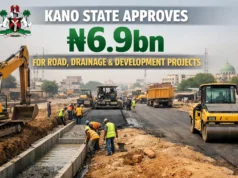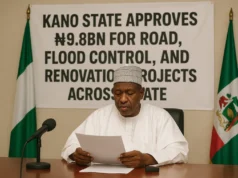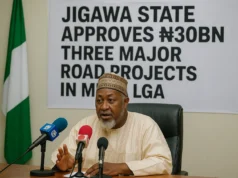The second Niger Bridge, which was commissioned by President Muhammadu Buhari on May. 23 was supposed to be a landmark project that would ease the traffic congestion and enhance the economic integration of the South-East and South-West regions of Nigeria.
The bridge, which spans 1.6km across the River Niger, was conceived over 40 years ago as a complement to the old Niger Bridge built in 1965, which had remained the only link road from the West to the East over the years.
The agitation for the construction of a second bridge intensified during the return to civilian rule in 1999, when it became a campaign tool for successive administrations. Former President Olusegun Obasanjo flag off the project in 2007, but nothing happened until former President Goodluck Jonathan performed the official groundbreaking ceremony in 2014.
However, the project suffered another setback when President Buhari took over in 2015, until his second tenure when the Nigerian Sovereign Investment Authority (NSIA) took up the responsibility for the major part of the project and August 2022 was scheduled as its completion date.
According to the NSIA, the bridge project is divided into three phases of 1, 2a and 2b. Phase 1 involves the construction of the bridge and 10.3 km approach roads from Asaba and Onitsha, as well as two secondary bridges and a new cloverleaf interchange. Phase 2a and 2b involve the construction of 17.5km approach roads on either side of the bridge to connect it to Benin-Asaba Expressway and Onitsha-Enugu Expressway respectively.
The total cost of the project is estimated at N427 billion, making it one of the most expensive infrastructure projects in Nigeria.
The commissioning and opening up of the bridge to motorists was expected to be a big relief for travellers, especially during the Yuletide period when thousands of people spend hours or days trapped on the old bridge trying to cross over.
However, barely six months after its commissioning, the second Niger Bridge seems to be underutilized and neglected by motorists. A visit to the bridge by this reporter last week revealed how deserted and lonely the bridge could be, with only few vehicles plying it.
The reasons for this low patronage are not far-fetched. First, the bridge is not fully completed, as phase 2a and 2b are still ongoing. This means that motorists still have to navigate through bad roads and traffic jams to access the bridge from either side.
Second, there are reports of vandalism of metals on the new bridge and criminal activities such as armed robbery and kidnapping along the route. This has created fear and insecurity among motorists who prefer to use the old bridge where there are more security personnel and checkpoints.
Third, there is no toll fee on the old bridge, while there is a toll fee of N500 on the new bridge. This has discouraged many motorists who are already burdened by high fuel prices and economic hardship from using the new bridge.
These factors have combined to make the second Niger Bridge a white elephant project that is not serving its intended purpose of easing traffic congestion and enhancing economic integration.
The federal government and relevant stakeholders need to address these issues urgently and ensure that the second Niger Bridge is fully completed and secured for optimal utilization by Nigerians. Otherwise, it will remain a dream come true for some and a waste of resources for others.
Source: sunnewsonline.com




